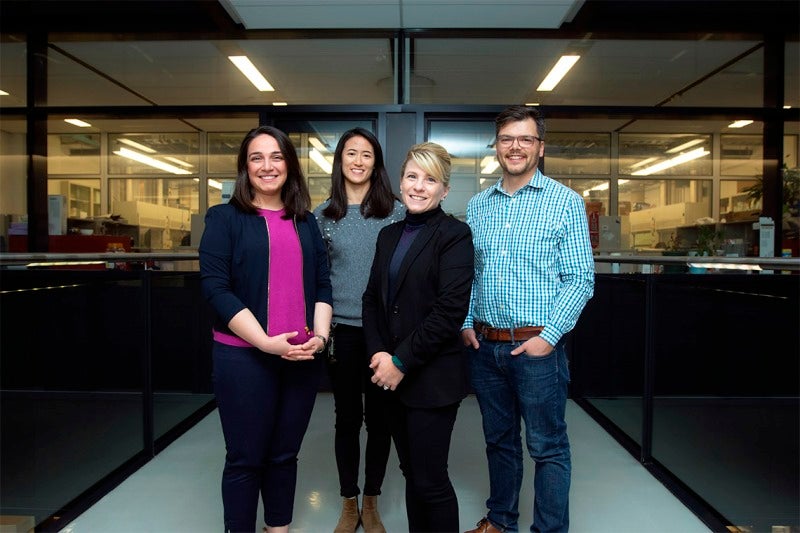
Researchers at the University of Toronto and Arizona State University have developed a direct gene-circuit-to-electrode interface for the conversion of biological information into an electronic signal.
The electrochemical platform combines cell-free synthetic biology with nanostructured electrodes.
The interface combines the sensing capability of biological systems with the decision-making capabilities of electronic systems.
University of Toronto Leslie Dan Faculty of Pharmacy assistant professor Keith Pardee said: “This is the first example of a gene circuit being directly coupled to electrodes and is an exciting tool for the conversion of biological information into an electronic signal.”
The researchers developed a bio-hybrid system that uses non-optical reporter enzymes found within 16 microlitres of liquid, which combines with micro-patterned electrodes featured on a small chip of around 2.5cm in length.
Gene-circuit-based sensors monitor the presence of nucleic acid sequences within this small chip. When sequences are activated, they trigger the production of one of the reporter enzymes, which react with reporter DNA sequences to give an electrochemical response on the electrode sensor chip.
How well do you really know your competitors?
Access the most comprehensive Company Profiles on the market, powered by GlobalData. Save hours of research. Gain competitive edge.

Thank you!
Your download email will arrive shortly
Not ready to buy yet? Download a free sample
We are confident about the unique quality of our Company Profiles. However, we want you to make the most beneficial decision for your business, so we offer a free sample that you can download by submitting the below form
By GlobalDataPardee’s lab PhD candidate Peivand Sadat Mousavi said: “We created the interface by repurposing enzymes typically found in the bacterial immune system. The enzymes cut DNA like scissors and that’s how we ultimately get them to produce electrochemical signals.”
The team applied the approach to identify colistin antibiotic-resistance genes and found that it effectively detected four genes.
Furthermore, the technique was found to also effectively identify and report each gene either independently or in combination.
University of Toronto professor Shana Kelley said: “What makes this combined approach so powerful is that the underlying connectivity of the gene circuit sensor outputs can be re-programmed at will by simply modifying the code at the level of the software rather than at the level of the DNA, which is much more difficult and time-consuming.”
Natural Sciences and Engineering Research Council of Canada and the Canadian Institutes of Health Research supported the research.




